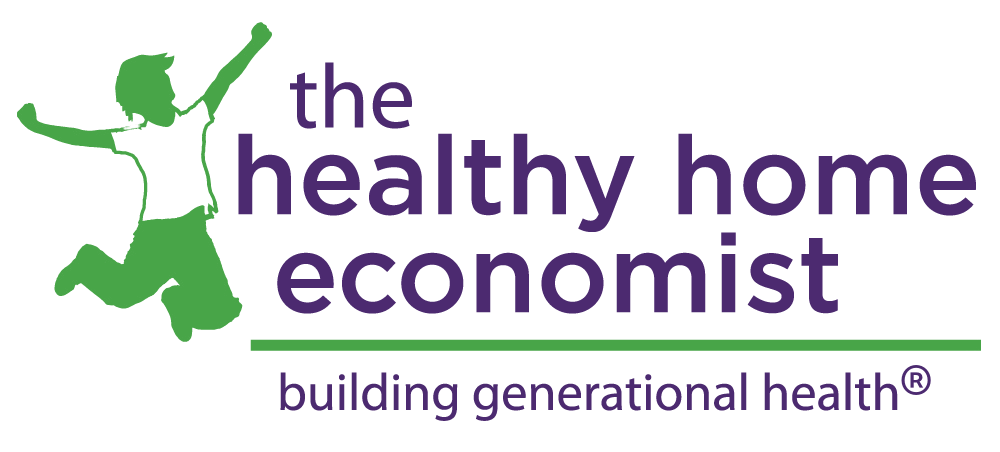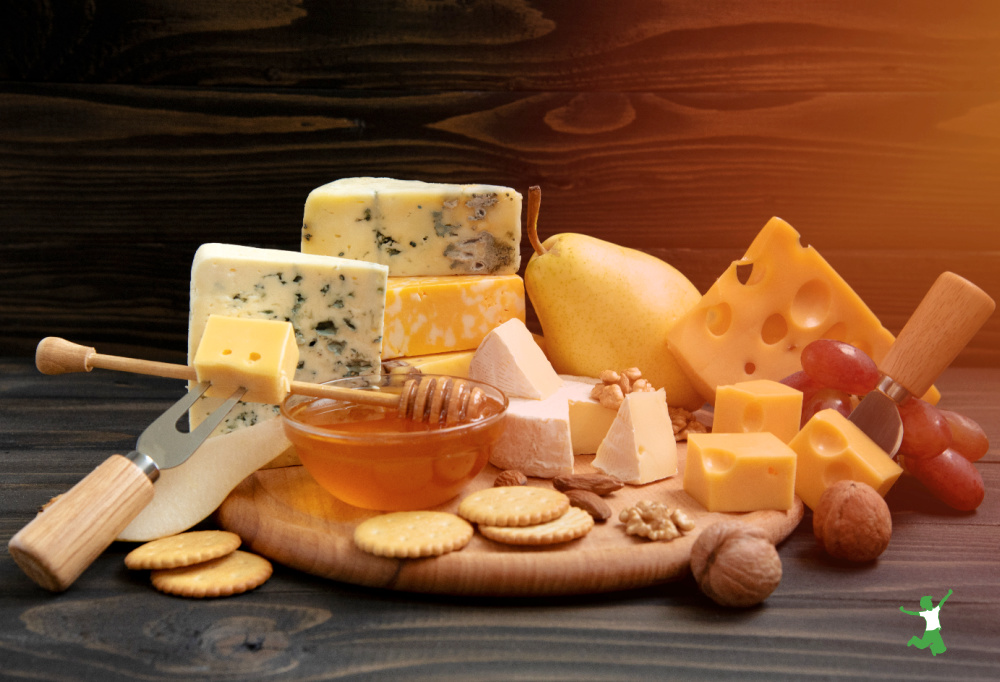Many raw cheeses on the market are not truly raw. How to know if the brands you buy are on the up and up with no deceptive labeling.
In yet another case of labeling tricks and deception where store-bought food is concerned, some brands of raw cheese produced in the United States and sold at healthfood stores and specialty shops are anything but.
Organic Valley, the corporate behemoth that went to the Dark Side in 2010 when it banned its member farms from selling raw milk to the local community, is one of the worst offenders of this loophole in the USDA regulations. (1)
According to Federal Law 7 (CFR 58.438):
If the cheese is labeled as pasteurized, the milk shall be pasteurized by subjecting every particle of milk to a minimum temperature of 161 degrees Fahrenheit for not less than 15 [fifteen] seconds or by any other acceptable combination of temperature and time treatment approved by the Administrator. (2)
For FLUID PRODUCTS, “vat pasteurization” is defined as heating at 145 degrees Fahrenheit for at least 30 minutes; heating at 161 degrees for at least 15 seconds is called “high temperature short time pasteurization” [Federal Law 7 CFR 58.101]. (3)
What does this mean in layman’s terms?
It means that any cheese where the milk is heated to a temperature under 161 degrees Fahrenheit for less than 15 seconds could be called “raw” and labeled as such!
In 2010, Organic Valley admitted to capitalizing on this loophole. They called their raw cheese “subpasteurized” on their website, while failing to identify just how close subpasteurized is to actual pasteurization temperature. Sadly (but not surprisingly), they have now erased this page. (4)
Subpasteurization or “thermization” still heats the milk to an obscenely high temperature (typically 135°F to 158°F for about 15-20 seconds), which destroys nutrition as well as ALL probiotics, and enzymes.
Calling such a product “raw” is not only deceptive, it is downright insulting to the sensibilities and intelligence of its customers.
When too many people found out about the labeling bait and switch, they simply removed the page.
It seems par for the course that corporate America can just wipe history whenever it likes.
I saw the page with the “subpasteurization” wording with my own eyes back in 2010 … I should have taken a screenshot, but I didn’t yet fully realize back then how underhanded these companies truly are! 😠
Pseudo Raw Cheese
According to Miller’s Bio Farm, the fine print on Organic Valley’s “raw” cheese now says the following:
“Heated to 158F for 15 seconds”. (5)
So, the greenwashing is still happening 15 years later after my original article on the subject revealed the scam.
No apologies, no changing of their errant ways … only subterfuge and covering of their tracks.
While Organic Valley is no doubt the worst offender of this regulatory loophole, any other corporately produced raw cheese sold in stores and manufactured in the United States is also likely heated to subpasteurization temperatures that denature the raw milk.
Low Heat Necessary in Cheesemaking
Now, don’t get me wrong. SOME heating of milk is necessary during the cheesemaking process.
But the threshold is low and does not harm probiotics, enzymes or nutrients.
Mesophilic cultures work at temps ranging from 62–102F. The most common temp for this type of culture is around 90F. They are used to make many types of cheese, including cheddar, gouda, chèvre, muenster, and camembert.
Thermophilic cultures work at temps ranging from 104–112F. They are used to make cheeses like mozzarella, parmesan, provolone, swiss, and romano. (6)
What Brands of Raw Cheese Are Legit?
I researched another popular raw cheese brand (Grazier) and discovered that they also thermalize the milk (to 135°F) before making the cheese.
Thus, Sierra Nevada’s Grazier line of raw cheeses is taking advantage of the Federal pasteurization loophole as well.
On a positive note, a small dairy in my community which sells raw goat cheese locally in stores was very upfront and forthright with their answers about how the cheese is produced.
This dairy does truly produce raw cheese as the milk is only warmed to 98°F, which is well within the limits for enzyme and nutrient preservation.
How to Know if “Raw” Cheese is Truly Unheated
The lesson to be learned is that the best way to be sure that the cheese you buy comes from truly raw milk is to ideally buy from a small dairy farm that specializes in cheesemaking and to talk to the farmer yourself.
To find a family dairy near you, check out the Real Milk website or contact your local chapter of the Weston A. Price Foundation to obtain a list of locally produced goods.
If you don’t have a local dairy farm near you that makes cheese, contact the Weston A. Price Foundation and order the annually updated Shopping Guide.
This handy little brochure fits in your pocket or purse and lists many small farms across North America where you can mail-order truly raw cheese.
Many thanks to Pete Kennedy, Esq. and the Farm to Consumer Legal Defense Fund for tracking down the Code of Federal Regulations (CFR) references for this article.
(1) Organic Valley Capitulates on Raw Milk
(2) Code of Federal Regulations. Cheese from Pasteurized Milk
(3) Code of Federal Regulations. Meaning of Words (Fluid Milk)
(4) Page now missing where Organic Valley admits that it’s “raw cheeses” are “sub-pasteurized”
(5, 6) Is your raw cheese actually raw? Or has it been greenwashed?









Your article is from September 21, 2010? Haven’t things changed? Whole Foods Market – Las Vegas sells Organic Valley.. What do you have to say Whole Foods Market.. Start by sending the link above asking why would Wholefoods sell Organic Valley.. I just did.. http://www.wholefoodsmarket.com/customer-service
I would rather buy subpasteurized (which heats the milk slowly instead of immediately and at the lower temp) than regular store bought cheese. Sometimes your options are limited and you have to choose the best you can.
Eric Pardue we just bought you organic valley raw cheese. Maybe that was the problem w/ it-it’s not really raw. We’ll stick with our farmer’s cheese
I usually only get the cheese from Whole Foods that is labeled under the ingredients “raw cow’s milk,” “raw goat’s milk.” or “unpasteurized cow’s/goat’s milk.”
I just noticed that the packaging label has changed to state that it’s processed below a certain temp. That’s new so I’m disappointed. :/
Nothing is ever as it seems…Sigh.
I was very unhappy to find out raw does not mean raw. I should have know because of the California regulations to allow pastuerized almonds to be labelled raw.
I just called Grafton Village Cheese company in Vermont and was told their “raw” cheeses are heated to just 154 degrees (under the limit) and were still considered raw. Of course their prices are high for these “raw” cheeses.
What a scam!
Thank you Charlene for clearing this up – I was just about to post a question about Grafton Farms because I have been paying that premium price for their “raw” cheese for awhile. So disappointing. There is clearly a market for products that people like us want to buy – maybe someone should get a “kickstarter” loan to start a national online food distributor (think of Trader Joe’s type presence in the market with that kind of buying clout.) Then all of us across the country could just order and buy our products online and have our groceries “delivered” like the old days.
I’m planning on ordering some raw cheese in bulk. Is it ok to freeze it?
It’s fine to freeze. the texture tends to be crumbly after freezing. Sometimes I grate it before freezing.
Here’s the direct quote: “The pasteurization process begins once the cream is separated from the milk. The milk is warmed to just above 80°F for 15 seconds”.
But they also clearly say their cheese IS pasteurized?
That’s strange. Maybe it’s a typo and they meant 80 degrees celsius? IMO you should call them to clarify. But anyway if their cheese isn’t certified organic, I’d go with another brand.
Hi Sarah,
I just read on Kerrygold’s website that their grass-fed cheese is heated to “just under 80 degrees fahrenheit for 15 seconds.” Would this be considered raw?